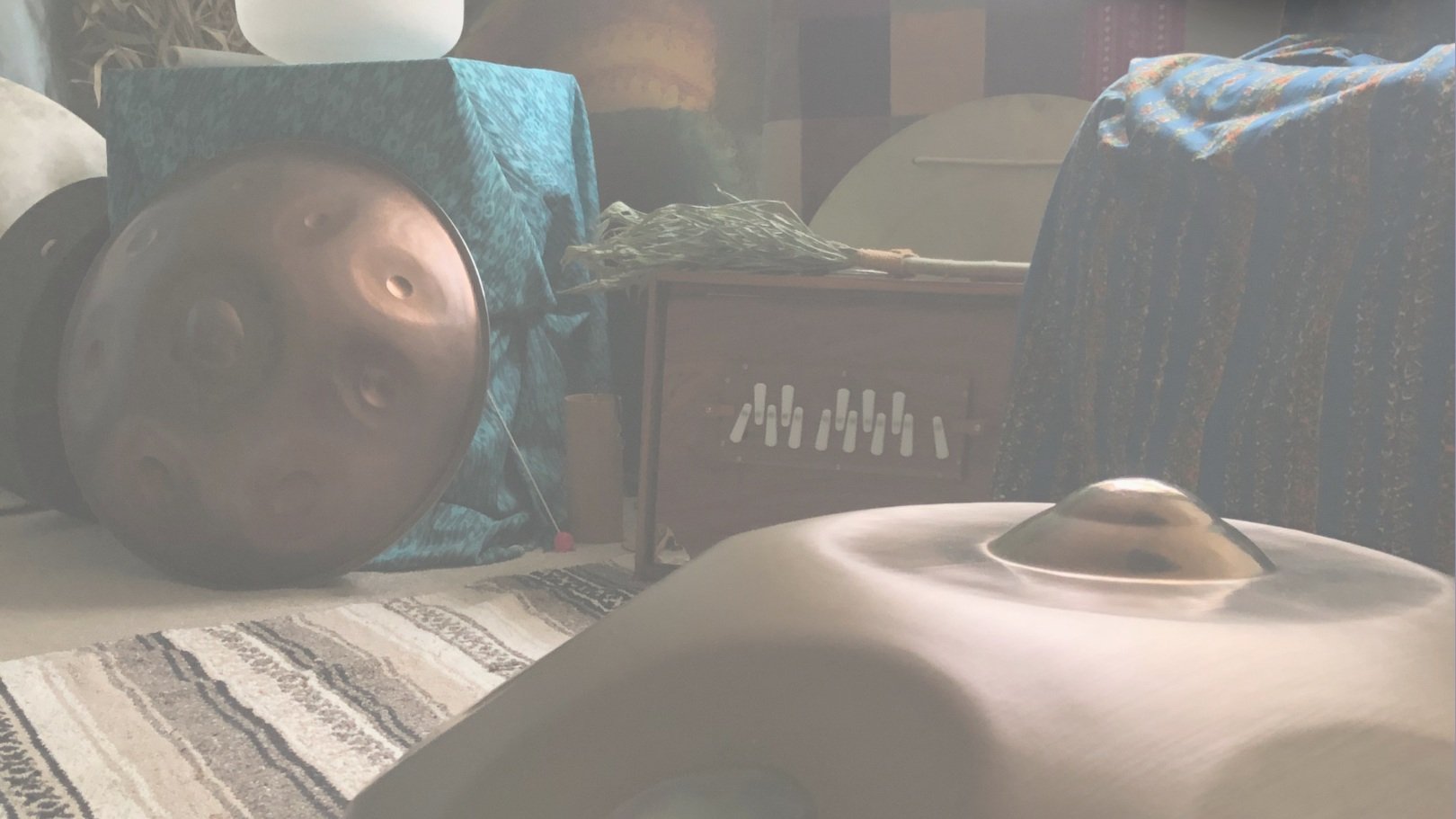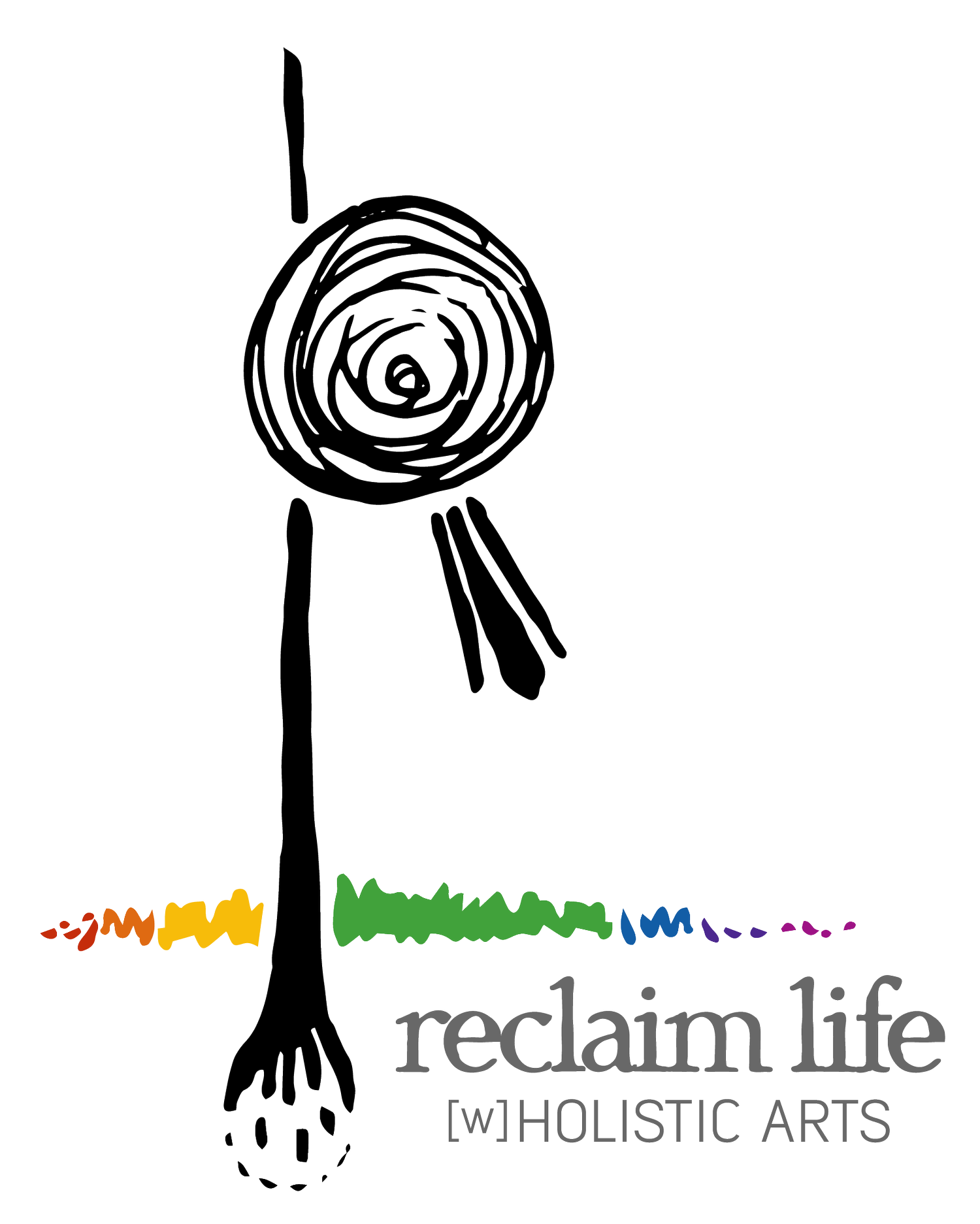
THE HANDPAN
A SONIC SPACESHIP
What is a Handpan?
Sound Sculpture | Alien Spaceship | Interactive Wind Chime
These are a few ways people have come to describe the handpan. And so much more occurs when we play — a beautiful dance, between the head (thinking) & the heart (feeling). Because the instrument is tuned to itself, fear lessens, making it more inviting to play. This grants permission for our creative, imaginative sides to reemerge from hiding. In addition to melodic musings, benefits come in the form of vibrational medicine (vibro-acoustics), positively resonating for both the player and audience. The handpan is a beginner friendly instrument.
« A BRIEF HISTORY »
The Hang® was created in 2000 by PANArt inventors Felix Rohner and Sabina Schärer of Switzerland. Referred to as a Sound Sculpture, the Hang® was inspired by and based on the physical properties of the Trinidadian steelpan, Indian ghatam, Nigerian Udu, Thai gong and Indonesian Gamelan.* As a result, Felix & Sabina revolutionized the Trinidad steel drum by flipping a custom hand-hammered metal pan from a concave to a convex position.§ In 2007 the instrument term “Handpan” filtered into used, and has since remained a popular and universal name, in addition to “Pantam”. Handpan is a term for a group of musical instruments that are classified as a subset of the steelpan. Thanks to their initial creative spark in 2000, there are now over 300 makers and thousands of musicians across the globe – from grandparents who tap along with their grandchildren to touring professional in every music genre imaginable.
BUT WHERE DID THE HANDPAN COME FROM?
The handpan is an idiophone, meaning a musical instrument that creates sound primarily by the vibration of the instrument itself, without the use of air flow, strings, membranes, or electricity. Examples include: singing bowl, steel tongue drum, marimba. As mentioned, it is 24-years old, inspired by ancient instruments & technologies, and as a result, is steeped in a vast & rich history that can be explored. Inspired by the:
Steel Drum • Udu • Gamelan • Ghatam
« SHAPING THE METAL »
The basic form of a handpan consists of two metal half-shells glued together, a centre tone field (named Ding) surrounded by a circle of at least seven tone fields on the upper side and an opening in the bottom side (named Gu). Differences between manufacturers include the used materials, the manufacturing processes of the raw forms, the shaping of the tone fields and the tuning methods. *
* Thank you *Wikipedia *

looking for a
HANDPAN!?
SONIC
STEWARD
WANT A HANDPAN BEBEEE!?
In addition to being a handpan musician & educator, I am a classically-trained, intuitive sound practitioner, and love connecting handpans with humans!! Though I discovered it in 2016, it took me 5 years to navigate my yes and purchase the right (first) handpan for me.
The #1 catalyst was that I finally felt comfortable & confident with understanding which one and why… That’s when I said YES!!!
« QUESTIONS TO CONSIDER »
What is my intention for playing?
What kind of sound do I like?
How do my hands play?
Do I like a particular scale?
Handpan, tongue drum, other?
Am I trying to match it with other instruments?
Are Temu or Amazon handpans ok?
How many notes should I get?
Do I have a budget?
There are many factors to consider when purchasing a handpan. It’s ok to ask for help! Don’t do it alone!
– FULL TRANSPARENCY –
Finding a handpan that meets your needs, takes time… easily an hour or more. While I am happy to assist, time is a precious gift, and I am fully present when working with you. As a result, I no longer offer free consults and charge a dollar a minute. Thank you for understanding.
Not ready for a consult? That’s ok, check out my event schedule to view upcoming offerings.
